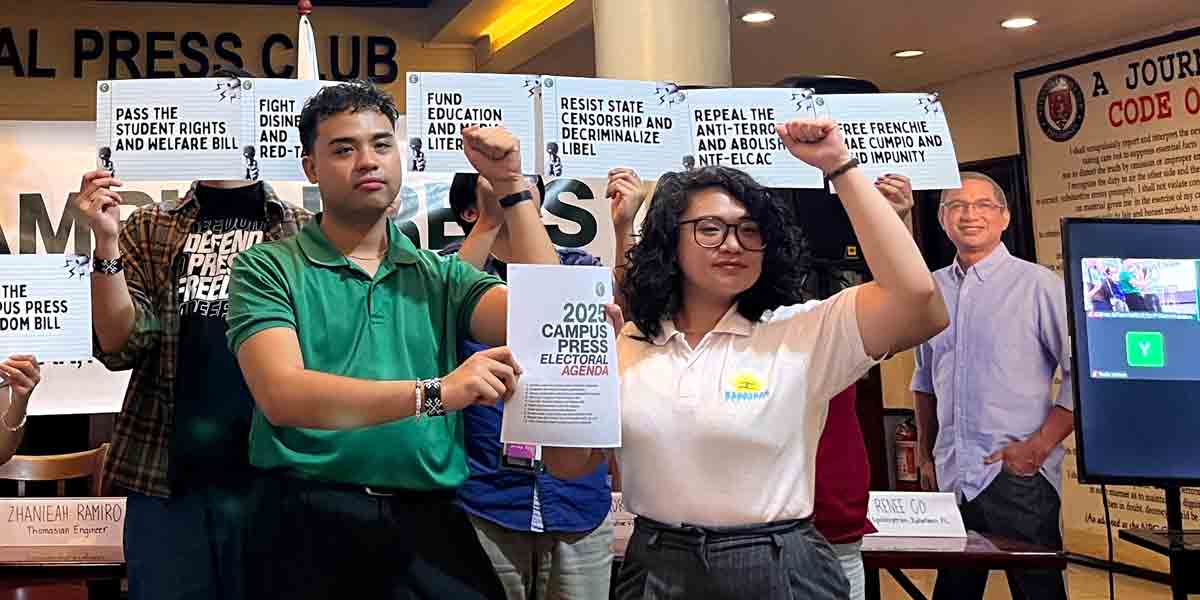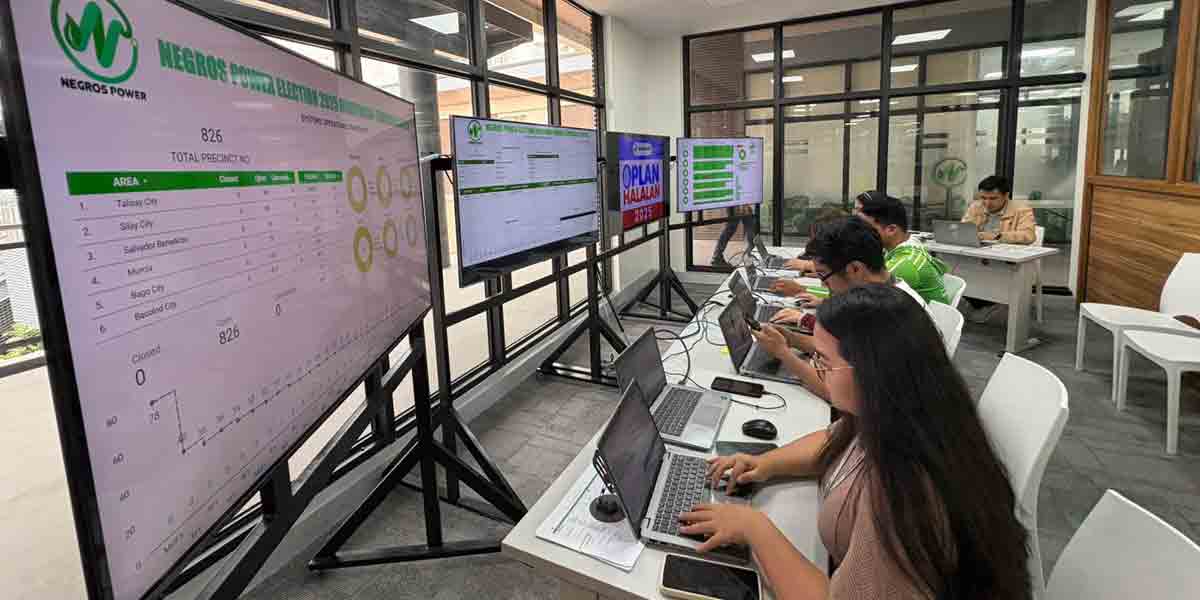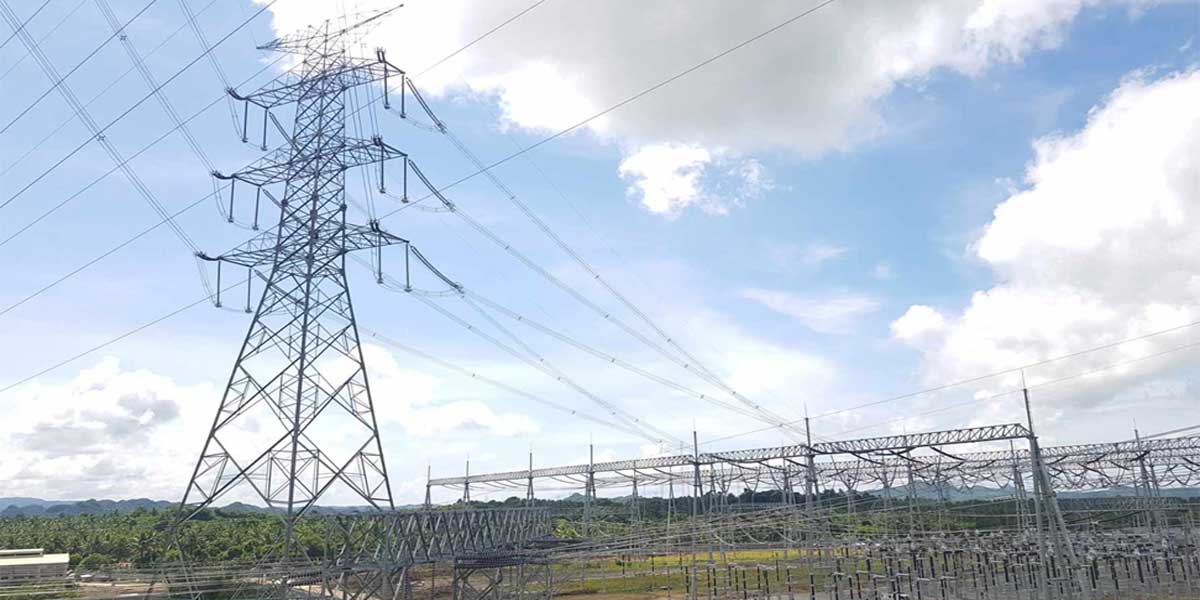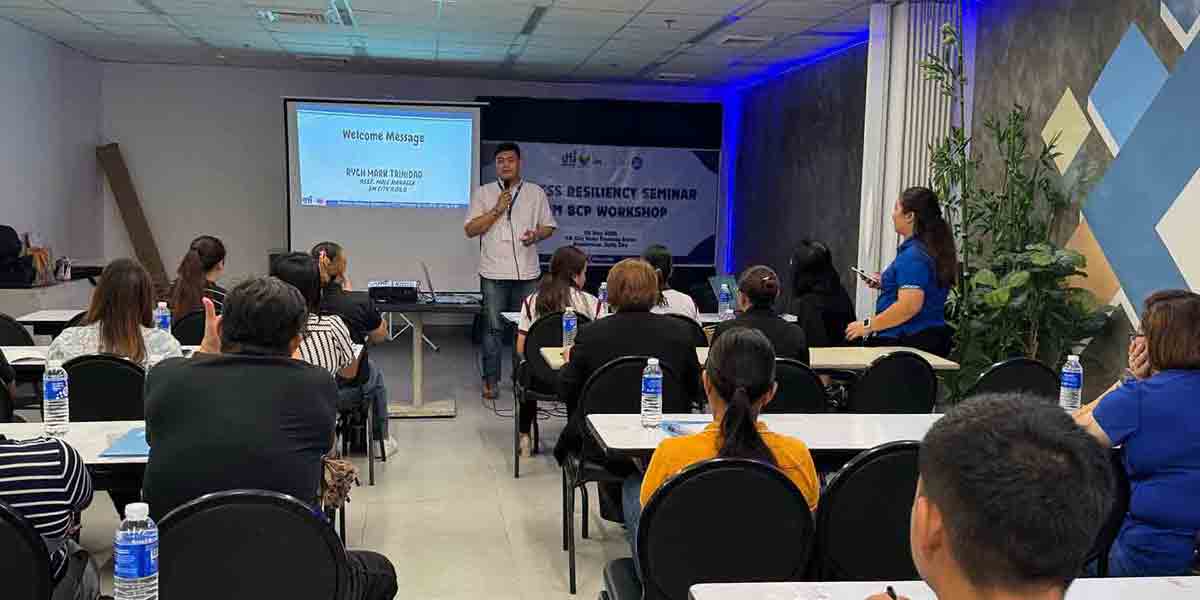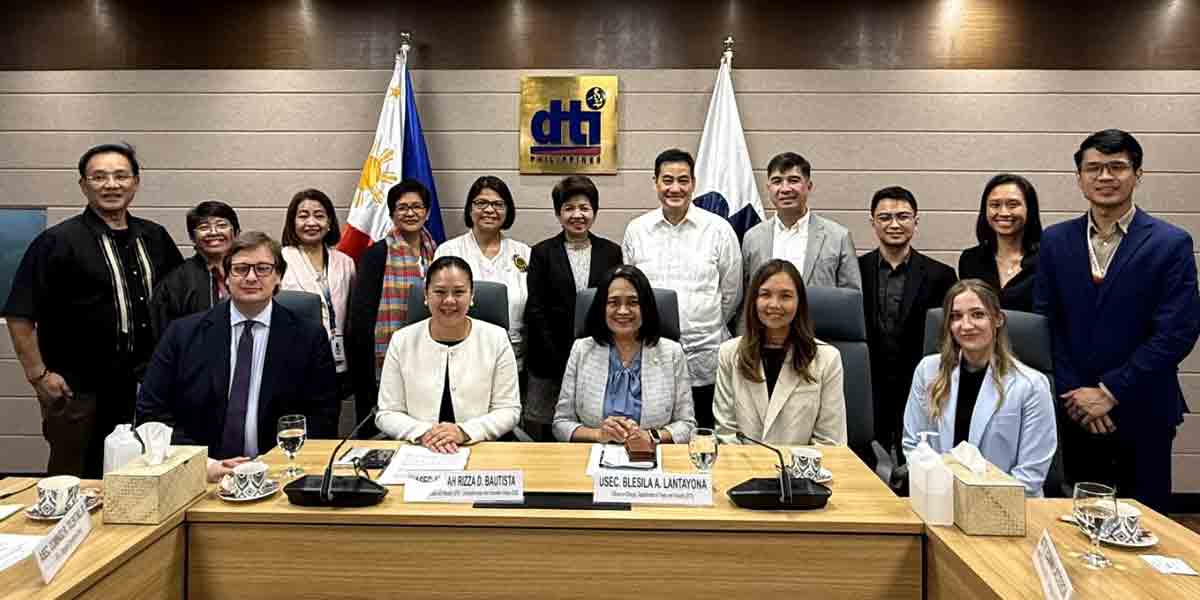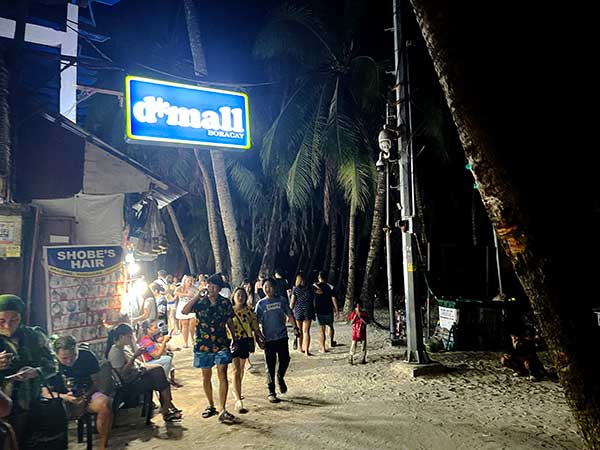
By Francis Allan L. Angelo
Boracay Island, one of the prime tourist destinations in the Philippines, has long been supported by an informal tourism sector where women play a dominant role.
A study by the Philippine Institute for Development Studies (PIDS) reveals the intricacies of this sector, the challenges faced by women, and the impacts of local and national policies on their participation and empowerment.
The study, titled “Gendering the Informal Tourism Sector toward Inclusive and Sustainable Growth: The Case Study of Boracay Island,” explored the challenges and opportunities for women in the informal tourism sector.
Authored by PIDS Philippine APEC Study Center Network Project Development Officer Jean Clarisse T. Carlos, Central Luzon State University – College of Home Science and Industry former Assistant Professor Marie Jel D. Bautista, and Asian Institute of Management – Dr. Andrew L. Tan Center for Tourism Research Manager Eylla Laire M. Gutierrez, the study highlights the diverse roles women play in sub-sectors like souvenirs, food and beverages, excursions, and emerging segments such as beach mat vending.
“We found that while informal workers are organized in associations, there are challenges related to seasonality and competition with formal establishments,” Gutierrez said. “Issues of sexual harassment are also more prevalent in certain sectors,” she added.
Despite contributing nearly PHP 5 trillion to the country’s economy, these workers navigate a realm without formal recognition, often marginalized and undocumented.
The study underscores the challenges faced by these workers: fierce competition, seasonality of demand, restrictive government-designated locations, and at times, harassment and prejudice at work.
Women in Boracay’s informal sector are often drawn to activities that promise flexibility, low entry barriers, and the ability to work within their communities. They are the souvenir sellers with trinkets that hold memories, the street vendors whose culinary feats sustain the paluto restaurants, the entrepreneurs who orchestrate excursions, and the masseuses and hair braiders who offer moments of relaxation and beauty.
However, the income they earn, despite being significant contributors to the island’s tourist appeal, often fails to meet their personal and familial needs. Many express a desire to enter the formal economy to secure social benefits and a stable income.
The study suggests empowering women through targeted training, financial literacy programs, guest management, marketing, and product innovation. It calls for gender sensitivity workshops and training for tourism stakeholders to address deep-rooted social norms that contribute to issues like sexual harassment in the community.
The local government’s initiatives include “no accreditation, no operation” policies that mandate registration for service providers. As a result, 23 organizations, comprising 14 associations and 9 cooperatives, represent informal workers, offering benefits like financial aid and eligibility for health checkups and training.
However, some emerging workers, like beach mat vendors who sprung up following the implementation of the 25+5 meter easement rule by the Boracay Inter-Agency Task Force, remain unregistered and unregulated, hinting at a need for broader and more inclusive policies.
Data from the 2022 Labor Force Survey indicated that 36.2 percent of employed Filipinos are part of this informal sector, which is a sizable portion of the population that remains undocumented and overrepresented by women, according to UN Women 2020.
Despite these challenges, there is a growing recognition of the contributions made by these informal workers. Karen Joy Sargado of the Department of Tourism (DOT) Western Visayas emphasized during the webinar the DOT’s initiatives to support informal workers. “Despite regulations often favoring the formal sector, the DOT recognizes the crucial role played by informal tourism workers,” Sargado said.
“This recognition is evident in initiatives providing technical assistance, livelihood programs, and support for small businesses within this sector.”
The study notes that women workers prefer the informal sector due to the flexibility and direct income it provides, which is often higher than in formal roles. However, the seasonal nature of tourism leads to income instability, and a lack of social security and health benefits creates vulnerability. Many women have no intention of transitioning to the formal sector, valuing the autonomy their current roles provide.
Local government units (LGUs) and the DOT are actively involved in managing the informal tourism sector. Policies are in place to transition informal workers to formal employment, promoting inclusive growth. The government provides financial aid, training programs, and a formal registration process to improve work conditions and promote quality services.
However, challenges remain, such as the emergence of new unregulated informal workers. The study underscores the importance of better data collection on these workers to formulate effective policies. “While there is available data, the sophistication of data gathering and sharing remains a challenge,” Carlos explained. “Streamlining data collection and collaboration among different organizations are essential for establishing a more comprehensive understanding of the informal tourism sector and its specific needs.”
Voices from Boracay
Interviews with women working in Boracay provide a personal perspective on the study’s findings. Mariane, a street vendor selling souvenirs, shared, “I chose this work because it allows me to take care of my children while earning money. But there are days when sales are low, and it’s hard to make ends meet.”
Another interviewee, Lisa, who offers massage services on the beach, highlighted issues of harassment. “Sometimes, tourists think they can take advantage of us because we’re informal workers. It’s tough, but we need the income.”
Ana, who runs a small food stall, expressed a desire for more support from the government. “The training programs are helpful, but we need more consistent support, especially during the off-peak season.”
Despite these adversities, many women find a sense of community and support within their informal work associations. These associations provide a platform for collective bargaining and access to resources such as financial aid and training. However, the study highlights inconsistencies in government efforts across regions, making the effectiveness of these initiatives difficult to measure.
PIDS recommends several strategies to empower women in the informal tourism sector:
Data Availability: Gathering sex-disaggregated information is crucial to understanding the sector’s landscape, identifying challenges, and monitoring progress.
Targeted Training: Programs in entrepreneurship, financial literacy, and marketing can enhance workers’ capacities, complementing existing government initiatives.
Gender Sensitivity Workshops: Addressing social norms and raising awareness among all tourism stakeholders about labor rights and standards, particularly concerning sexual harassment.
Community Organizing: Strengthening associations and cooperatives to provide a collective voice and negotiate better working conditions and benefits.
Private Sector Involvement: Encouraging partnerships between the government and private sector to create more inclusive policies and support systems.
Despite the challenges, there are positive signs of change. Organized associations within the informal sector offer a collective voice, helping workers negotiate better conditions. Yet, the emergence of new unregulated workers, like beach mat vendors, indicates a need for more inclusive and comprehensive policies.
Boracay’s informal tourism sector, with women at its core, remains vital for the island’s economy. The study’s recommendations, including improved data collection and targeted training, aim to empower these women, ensuring inclusive and sustainable growth.

